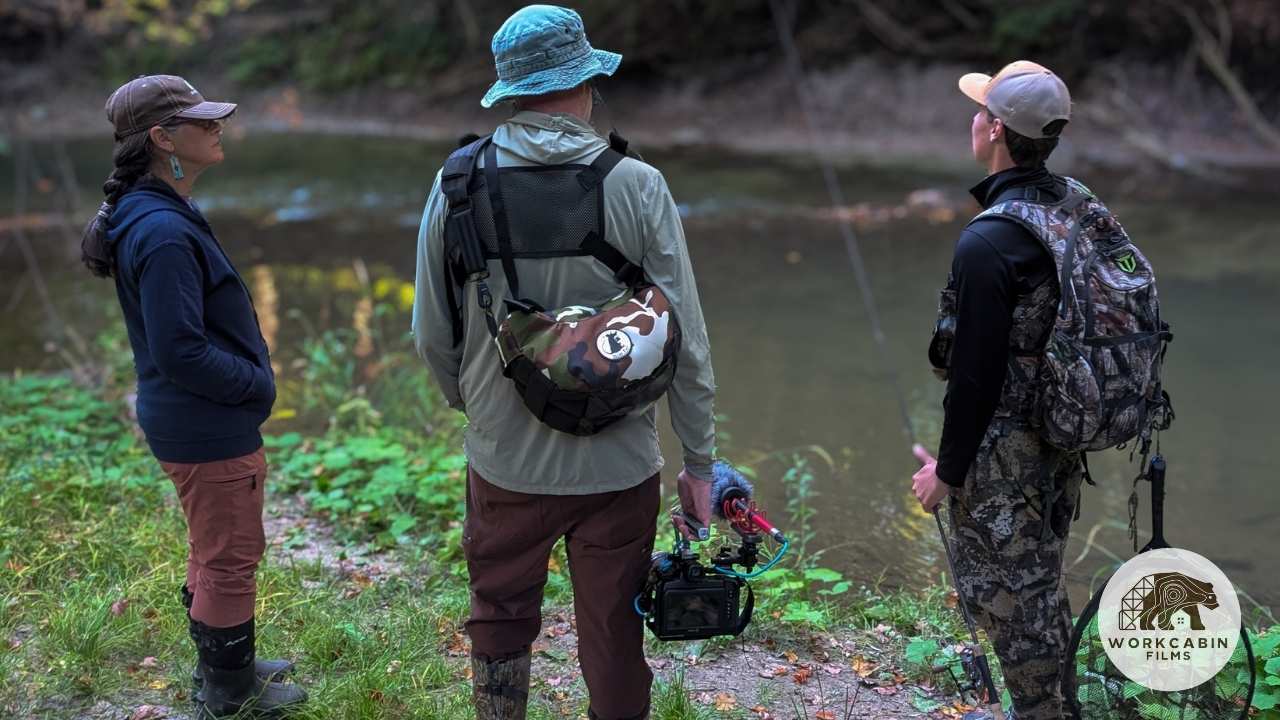

Why Filmmaking Is Leaning Into Nimble Teams
A quiet revolution is reshaping how conservation films and nature documentary projects get made across Canada and beyond. Across the industry, directors and organizations are increasingly choosing tiny, highly skilled crews — sometimes just one or two people on set — instead of the traditional 10–20 person teams. That shift isn’t a fad. It’s a response to economic pressure, advances in camera and production tools, audience behaviour, and a growing appetite for authentic, low-footprint storytelling. For small specialty studios like WorkCabin Films, that change is near-perfect: it amplifies creative freedom, lowers costs, and makes remote, conservation-focused work more feasible than ever.
Why This Shift Matters for You
If your organization is planning a new storytelling or film project, this industry shift toward smaller, more nimble crews is great news for you. It means you can achieve high-end cinematic results without the high-end footprint or cost of a traditional production.
A better fit for nonprofit budgets
Conservation organizations and researchers often have to stretch every dollar. The small-crew model allows you to get stunning, cinematic storytelling at a fraction of the traditional cost. This makes it possible to take on more projects, build long-term storytelling partnerships, and show impact more often.
Access to the most remote places
Whether it’s reaching field sites by floatplane, helicopter, or rugged backroad, small crews are built for remote work. A small team means less gear, less disturbance, and more flexibility. That’s perfect for working in sensitive habitats or alongside scientists in the field.
High-end results, small-crew approach
With an experienced small crew you’ll still get the polished, professional quality you’d expect from larger productions. Every film we produce goes through premium post-production — including ARRI-look colour grading, cinematic sound design, and careful editing — so your story stands shoulder-to-shoulder with big-budget work. This level of finish helps elevate your message for funders, partners, and audiences.
Faster turnarounds, real results
Because small crews move quickly, it means impactful short films, campaign videos, or social media content can be produced faster. That means you can launch fundraising campaigns sooner, update supporters more often, and keep your storytelling momentum going.
The industry’s shift toward nimble crews levels the playing field. For nimble, mission-driven studios like WorkCabin Films, it’s an invitation to scale impact without sacrificing craft. By pairing an ethical, low-impact on-location approach with modern tools and polished post-production, small teams can produce stories that move donors, partners, and wider audiences all while keeping overhead low and creative control high.
The market’s shifting; the tools are ready. Small crews aren’t just a workaround. For many filmmakers, they’re the future.
- A Special Filmmaker’s Cut of Saving The Night Caller - November 16, 2025
- Why Filmmaking Is Leaning Into Nimble Teams - November 11, 2025
- How to Break Into Conservation Filmmaking - October 29, 2025



